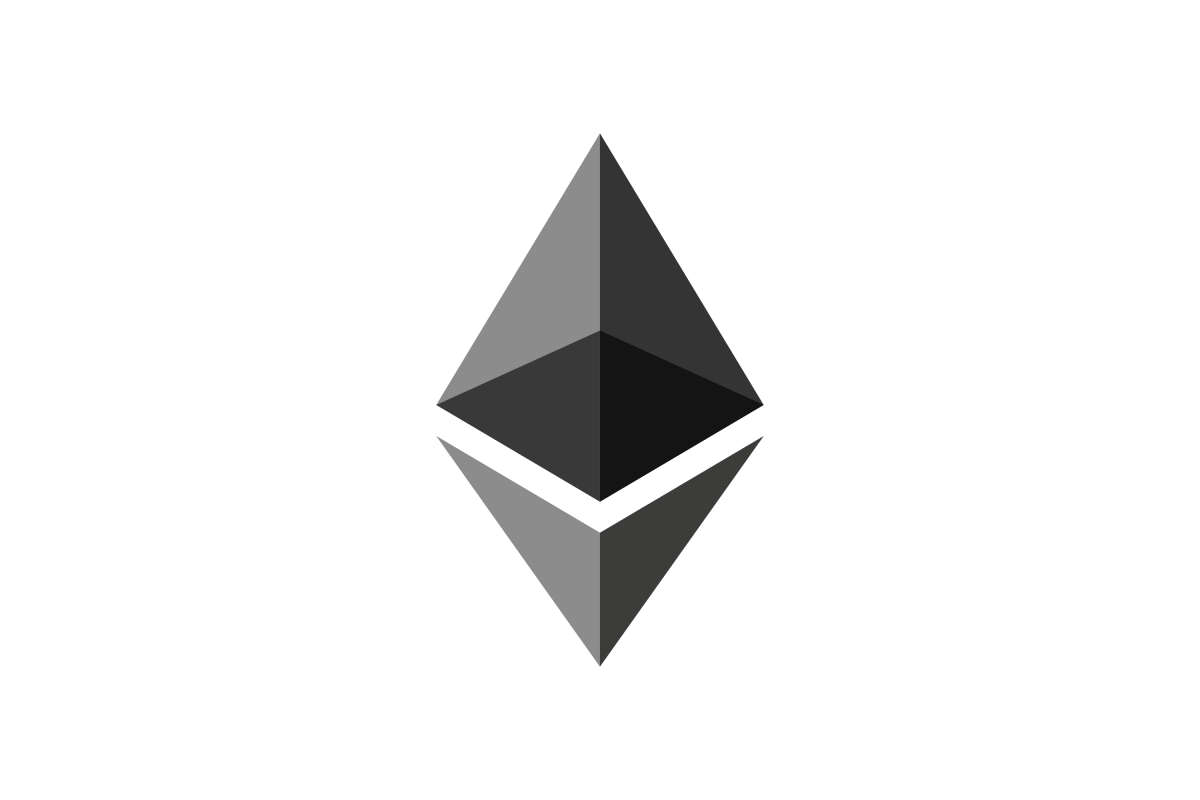Since its creation in 2008, Blockchain has become more widespread than ever, integrating across a myriad of use-cases throughout industries worldwide. Its decentralized ledger technology (DLT) has the unique benefits of added security while, at the same time, decreasing costs of day-to-day transactions. Commonly, DLT has been built on the use of proof-of-work which uses computational power in order to achieve a decentralized consensus. However, recently more and more companies that employ blockchain have considered switching to proof-of-stake. But what is proof-of-stake? And why is Ethereum phasing out proof-of-work in favor of proof-of-stake?
Traditional proof-of-work systems allow miners to use computational power in order to validate transactions. Miners, also known as nodes, add new blocks to the system by correctly calculating computationally intensive puzzles which then get verified by other nodes. Once the calculation has been verified, the node gets rewarded by the system. Because mining is so cost and time intensive, the cost of attacking a blockchain system through mining outweighs the benefits.
Alternatively, proof-of-stake doesn’t rely on intensive computational power in order to validate transactions on the network. Instead, users can verify transactions by putting forward a stake and becoming a validator. On Ethereum, for example, validators need to stake at least 32 ETH in order to have the opportunity to validate transactions. Once the stake is set, validators are randomly chosen to validate transactions on the network. In turn, other validators can attest those transactions in order to further secure the blockchain. In this system, attacks on the network are disincentivized through potential loss of value, as bad actors would lose the stake they put forward. Since proof-of-stake does not need huge investments into energy and computational equipment, it’s seen as a more decentralized and environmentally-friendly approach to transaction validation. Additionally, as cryptocurrencies become more widespread, the higher transaction costs present in proof-of-work systems may become a potential bottleneck to the sector’s growth.
For these reasons, Ethereum will start to switch from proof-of-work to proof-of-stake starting in 2021. The company warns, however, that the switch will take a while to come to fruition as it is the largest smart contract network in the world, with billions of assets intertwined with one another. Nevertheless, many believe that the switch to a faster more efficient consensus mechanism will open doors to innovations that were previously unimaginable.
References:
https://ethereum.org/en/developers/docs/consensus-mechanisms/pos/
https://www.investopedia.com/terms/p/proof-stake-pos.asp


